But as Russia's military has continued to falter, Ukraine has been given more leeway - and more powerful weapons - with which to change that equation. What the Belgorod raid into Russian territory and the training of Ukrainian pilots on F-16s - with the planes themselves sure to follow - is that Russia will now lose that advantage. It will now have to allocate resources for its own territorial defense, meaning that it will have even less to use, however ineptly, in Ukraine. And that is a benefit. JL
Phillips O'Brien reports in his substack:
Ukraine has had to fight this war under great handicaps. Its aid has been often technologically limited and always politically limited by NATO countries with the goal of preventing Ukrainian attacks on Russian soil. By compelling Ukraine to fight almost exclusively on its own soil, Russia has been handled a major asymmetric advantage. With the Belgorod raid, Ukraine showed both a capacity to organize and support operators openly fighting on Russian soil. Anything that makes the Russians feel they need more forces to defend their border which means less that the Russians can send into Ukraine itself is good for Ukraine.The Belgorod Raid--trying to equal an unequal playing field
This week one of the most fascinating stories was the raid by Russian insurgents over the border from Ukraine into Russia. I think we can say with total certainty that it was orchestrated and supplied by Ukraine, though the actors on the ground all seemed to be Russian citizens of what was claimed to be the Russian Volunteer Corps but then was later joined by a group calling itself the Free Russia Legion (or something like that—there was a real People’s Front of Judea aspect about this).
The raid itself was a small scale operation with limited means (a small number of insurgents with mostly light vehicles and light arms. It penetrated a few miles into Belgorod Oblast, seized a border crossing and some government buildings. Here is an Institute for the Study of War map of some of the raids early progress.
The Russian response was pretty cack=handed. There were airstrikes, performed badly and some artillery strikes. Its not clear how much the raiders were damaged but after a few days they were mostly back over the Ukrainian border. In that way it might seem that they accomplished little—but that would be a mistake. The key thing was that Ukraine showed both a capacity to organize and support operators openly fighting on Russian soil, something that they would have probably avoided before. And, ever since then there has been lots of chatter about more raids over other parts of the Russian border (and tbh, I would not be surprised if we start seeing another soon).
The importance of this raid will need to be seen—but it is potentially valuable to Ukraine. As soon as the news broke of the raid on 22 May, I tweeted this—which expressed why I believe Ukraine was supporting such an operation.
Ukraine has had to fight this war under a series of great handicaps. Its aid has been often technologically limited and always politically limited by NATO countries, primarily the US, with the goal of preventing Ukrainian attacks on Russian soil. By compelling Ukraine to fight almost exclusively on its own soil, Russia has been handled a major asymetric advantage.
First, Russia has not had to station many forces on its own borders to defend against Ukrainian attacks. This is a massive advantage to Russia, as it means it needs not to worry about hundreds and hundreds of miles of front—front from which it can attack Ukraine at any time and from any place (as it did on February 24, 2022. Here is the Deep State Map of the Russian Ukrainian border area north of the front line actually in Ukraine (the small orange/brown area in the map. The direct border with Russia stretches from there almost to Homel on the map (which is in Belarus).
All that green is areas from which Russia has attacked Ukraine. Ie, Ukraine must worry about Russian operations from this front at any place and time. However, Russia, because of the pressure applied on Ukraine not to attack Russian soil, has been able to leave that area very weakly defended. We can see that from the opening of the raid—even though Ukraine and Russia are at war, the RVF encountered almost no ground resistance in its initial incursion directly over the border. Russian basically left its border unsecure.
Second, Russia has a sanctuary just over the border where it can rest and resupply much easier. Yes, Ukraine has clearly launched some UAV and air attacks on targets in this area, but they have been rather limited and usually involve small, deniable, weapons. In other words, the Russian cities just over the border from Ukraine represent safe staging posts. In comparison, Russia is allowed to openly and homocidally bombard Ukrainian cities with basically every form of advanced weaponry it can get its hands on. For the last 7 months Ukrainian cities have been attacked regularly attacked by Kinzhals, Kalibrs, Shaheds, etc, etc. Just last night we saw what might be the largest Russian Shahed attack on Kyiv, with 54 of the Iranian made drones sent (52 or which Ukraine claimed to have shot down).
https://twitter.com/DefenceU/status/1662724764727926784?s=20
This points up the final great advantage Russia has had from the way Ukraine has been forced to limit its attacks. Ukrainian cities have to be defended by very expensive and high quality anti-air capabilities, many of which are forced into operation every night, using up stockpiles of valuable anti-air missiles. Russia, on the other hand, does not have to burn through its own stockpiles to defend its own cities close to Ukraine. Indeed the Russians have been able to repurpose many of their S-300 anti air rockets as weapons to attack Ukrainian cities.
Add it all up, Ukraine has has to fight this war with one hand tied behind its back while Russia has been given a major advantage in not having to use many resources to defend its own border with Ukraine. That is the great purpose of the raid—to force the Russians to use forces to protect these areas which means less that the Russians can send into Ukraine itself.
Hopefully it works.
The Raid and the Counteroffensive
Ive been going on for a while now-but Ukraine is under no pressure to launch the major part of its counteroffensive quickly. Russia is not mobilizing massive new forces that Ukraine would want to pre-empt with a quick counteroffensive. Indeed, its Ukraine that wants time to integrate all the new systems its getting (and producing domestically) while it continues to train its forces. The Ukrainians see this offensive as an operation that will have a major impact on the final outcome of the war, and will do it only when they feel ready—as I tried to explain in this substack.
Assuming that the Belgorod raid is aimed at forcing the Russians to divert more forces to defend its own territory, it is another piece of evidence that the major part of the Ukrainian counteroffensive is still a ways a way (in other words that we are still in the shaping stage of the offensive—with the Belgorod Raid an example of a shaping operation).
It would take Russia time to switch forces to the border areas—and Ukraine would want time to launch more raids to persuade them to do it and to give the Russians time to redeploy.
So the raid was probably a sign that the major part of the counteroffensive is still a ways a way—otherwise why do it?
When it comes to the counteroffensive, there was the usual conflicting noises from the Ukrainian state about what’s happening. They released maybe their most powerful video of the war—a recruiting video that was based on the coming counteroffensive.
https://twitter.com/DefenceU/status/1662399743514005505?s=20
At the same time, Ukrainian Secretary to the National Security Council, Oleksii Danilov, said the counteroffensive was poised to start in a day or a week.
https://www.bbc.co.uk/news/world-65725004
What does all this mean? Nothing at all. The Ukrainians will attack when theyre ready and it very well may be more than a week.
F-16s
Just a short point on these. I retweeted an article in Air and Space Forces Magazine about how Ukraine might use the F-16s.
https://www.airandspaceforces.com/ukraine-use-f-16-former-generals/
It quotes one of the most experienced F-16 pilots in USAF history (as well as a 4-star and one time SACEUR) General Phil Breedlove—who went on to attack the idea that it would take a long time for Ukraine to make use of F-16s.
“We always overestimate how long it’s going to take to bring a new weapons system into the Ukrainian military,” Breedlove said. “They can clearly outperform our expectations.”
Some have wondered whether Breedlove was referring just to the abilities of the Ukraine to fly the F-16s, and not to deploy and maintain them. All I can say is that this reading does not do Gen Breedlove credit. In the quote above, he talks about the Ukrainian ability to master new ‘systems’ not just weapons. Its pretty clear he understands that a system requires maintenance and isnt just something to be operated. Also—he said the same thing to Edward Stringer and myself when we quoted him saying something similar in our Atlantic piece of two weeks ago.
https://www.theatlantic.com/ideas/archive/2023/05/ukraine-military-f-16-aircraft/674022/
In other words, Ukraine can not just fly F-16s much sooner than many were prophesying, they can maintain them as well.

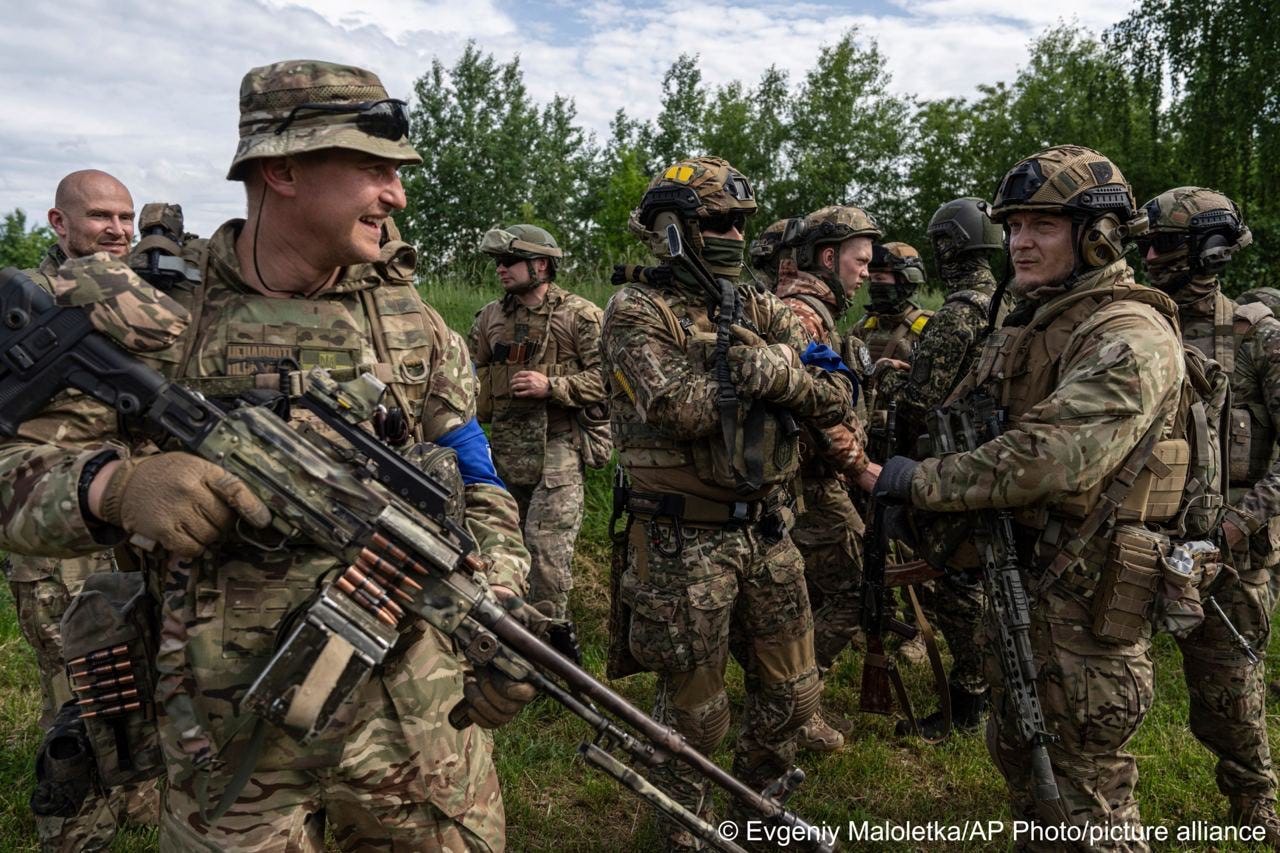
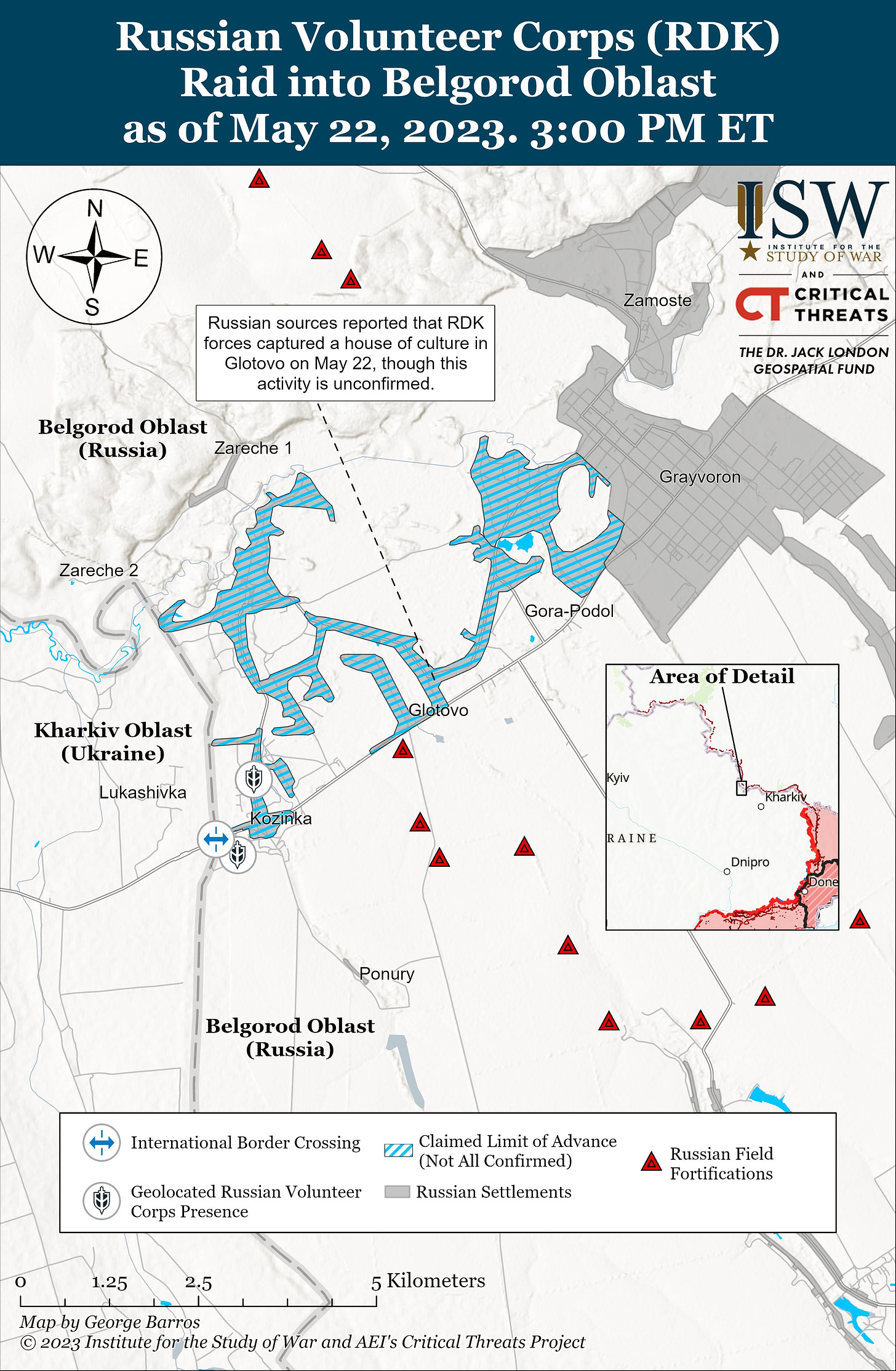
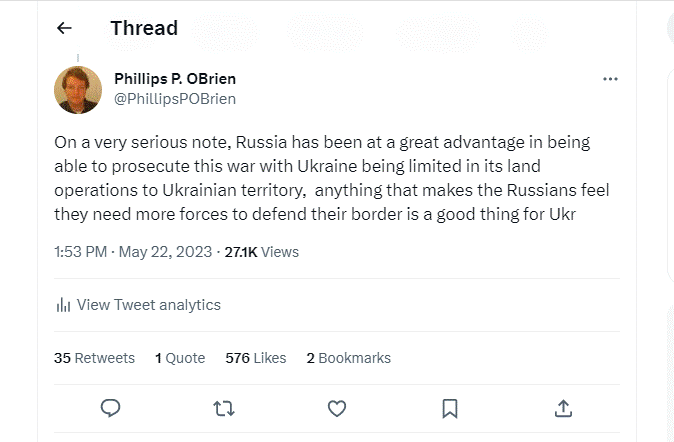
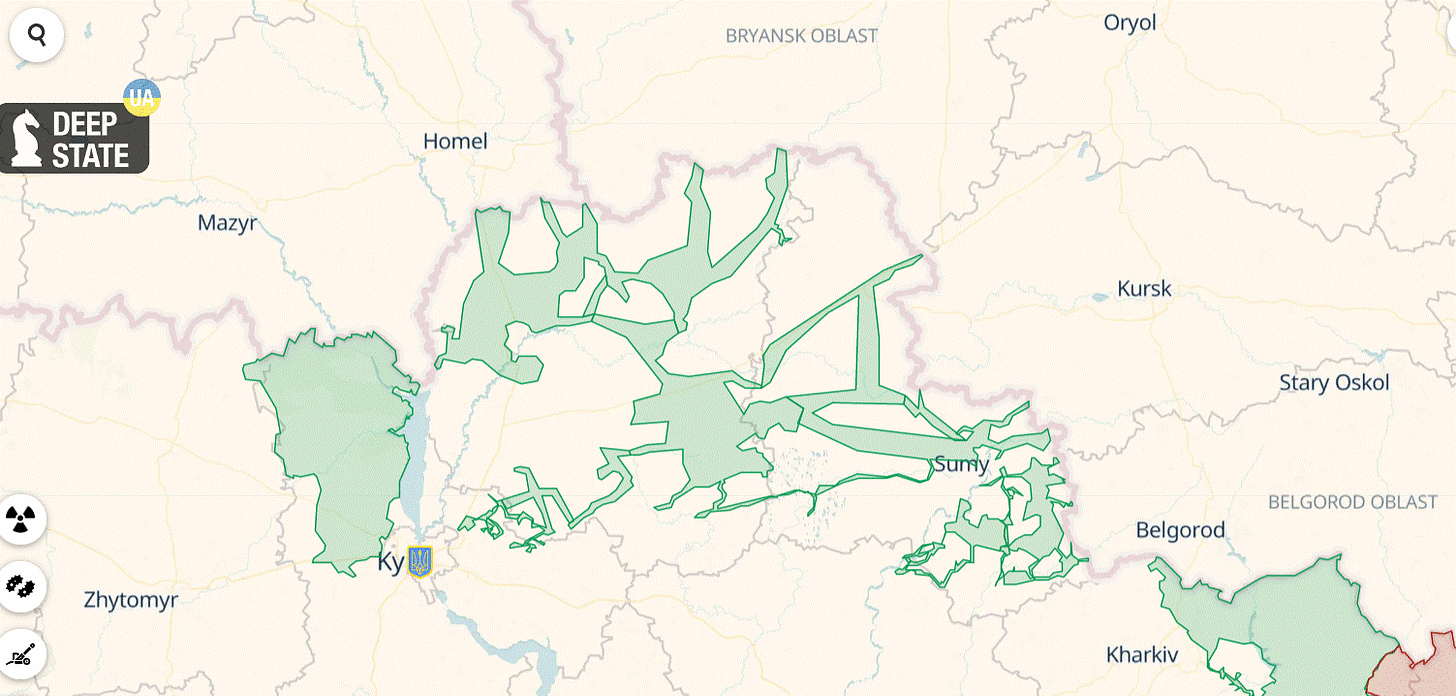
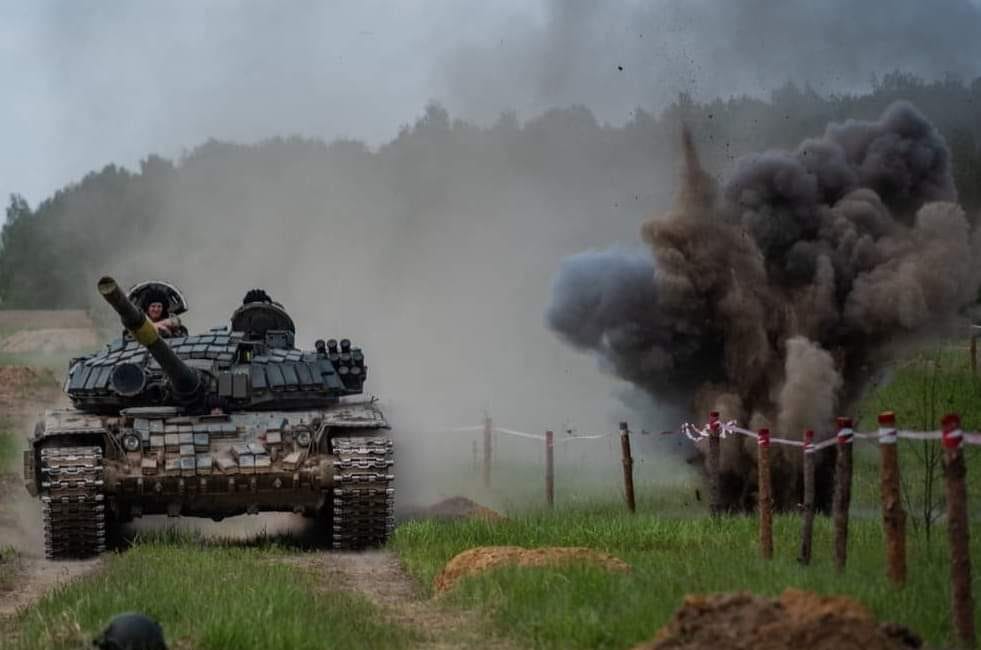


















0 comments:
Post a Comment